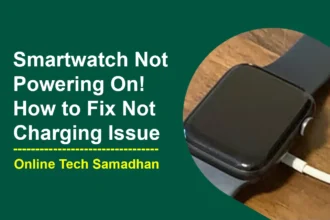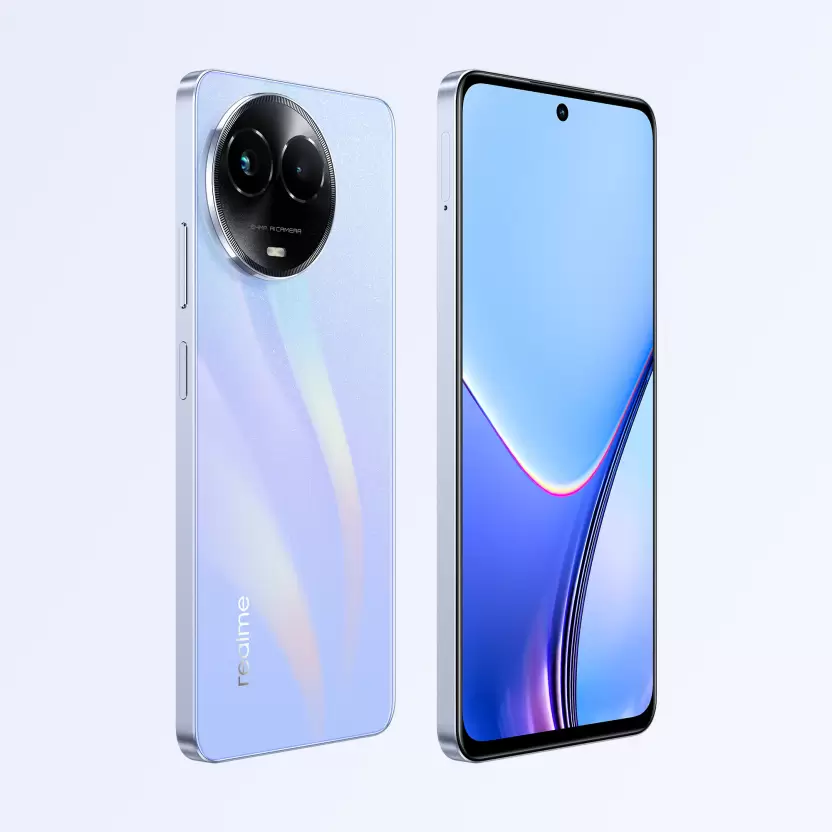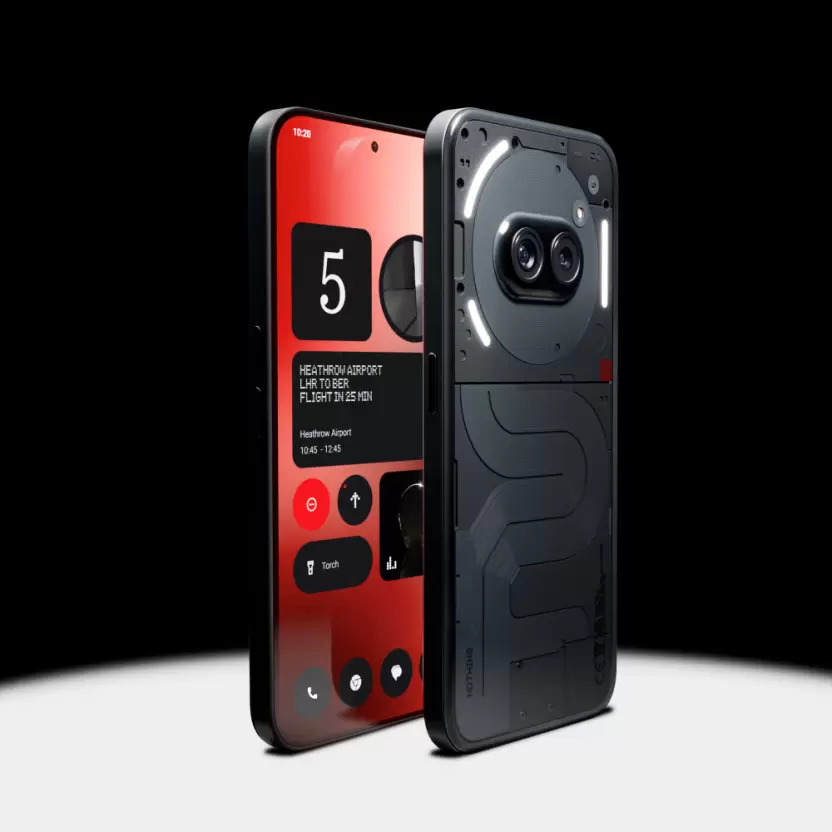What is eSIM: Everything You Need to Know
eSIM, short for embedded SIM, is a technology that allows users to connect to mobile networks without using a traditional physical SIM card. Unlike conventional SIM cards that need to be physically inserted and removed from devices, eSIMs are built directly into the device’s hardware. The activation of eSIMs is done remotely by mobile network operators or pre-installed by device manufacturers.
What is eSIM?
eSIM, or embedded SIM, is a digital SIM card integrated into devices, eliminating the need for a physical SIM card.
eSIM vs. Physical SIM
Here’s a comparison table outlining the differences between eSIM and physical SIM cards:
You May Love To Read
- What is Tele Law CSC Service? How To Avail the Tele Law Consultation
- Jio Customer Care Number: Providing Reliable Assistance at Your Fingertips
- Autistic Headphones: Enhancing Lives with Sound Technology
- How to Create Stock Market Account: Complete Expert Guide
- Indane Gas Booking New Number: Quick and Smart Solutions
| Aspect | eSIM | Physical SIM |
|---|---|---|
| Form Factor | Embedded in the device | Physical card |
| Activation | Over-the-Air (OTA) | Manual insertion and activation |
| Storage Capacity | Limited by device’s memory | Limited by SIM card’s capacity |
| Switching | Easy to switch between carriers | Requires physical SIM swapping |
| Flexibility | Multiple profiles on a single device | One SIM per device |
| Physical Loss | Limited by the device’s memory | Can be lost or damaged |
| Device Support | Limited range of supported devices | Compatible with most devices |
| Remote Provisioning | Remote provisioning of network profiles | Manual provisioning by inserting the SIM |
| International Roaming | Offers convenient in-country profile downloads | Requires buying local SIM cards |
| Future Potential | Enables IoT and wearable device connectivity | May eventually phase out with the rise of eSIM technology |
How to use eSIM?
- Check device compatibility: Ensure that your device supports eSIM functionality.
- Obtain eSIM from your carrier: Contact your mobile operator to request eSIM activation and receive an eSIM QR code or activation code.
- Access device settings: Go to “Settings” and select “Cellular” or “Mobile Data” options on your device.
- Choose eSIM activation: Look for the option to add or activate an eSIM, usually labeled as “Add Cellular Plan” or “Add Data Plan.”
- Scan QR code or enter activation code: Use your device’s camera to scan the eSIM QR code or manually enter the provided activation code.
- Follow on-screen instructions: Complete the activation process by confirming your details and agreeing to the terms and conditions.
- Verify activation: The device will verify the eSIM activation with your mobile operator, and your eSIM will be activated for use.
Who can use eSIM?
eSIM can be used by individuals and organizations with compatible devices and access to eSIM-supported mobile network operators. It benefits frequent travelers, dual-SIM users, and Internet of Things (IoT) providers.
Benefits of using eSIM
- Eliminates the need for a physical SIM card.
- Enables dual-SIM functionality on compatible devices.
- Simplifies switching between multiple mobile network operators.
- Offers flexibility to add or change mobile plans without changing SIM cards.
- Allows for remote activation and provisioning of mobile plans.
- Provides a more secure and tamper-resistant solution compared to physical SIMs.
- Saves space in devices, especially useful for smaller form factors.
- Facilitates easy migration to new devices without transferring SIM cards.
- Supports international roaming without physical SIM card swaps.
- Enables seamless integration with IoT devices and remote management.
Can I use eSIM on All Smartphones?
No, all smartphones support eSIM technology. However, many newer smartphones and some high-end models from various manufacturers offer eSIM support. The availability of eSIM support may vary depending on the region and carrier.
If you are interested in using eSIM on your smartphone, check the specifications of your device or consult with your mobile carrier to see if your phone supports eSIM functionality. Additionally, as technology is constantly evolving, it is possible that more smartphones will include eSIM support in the future.
Conclusion
In India, several telecom providers, including Vodafone, Jio, Airtel, and BSNL, offer eSIM services, allowing customers to enjoy the benefits of eSIM technology. The adoption of eSIM is expected to increase as more carriers and device manufacturers implement this technology, providing greater connectivity convenience to users worldwide.





















